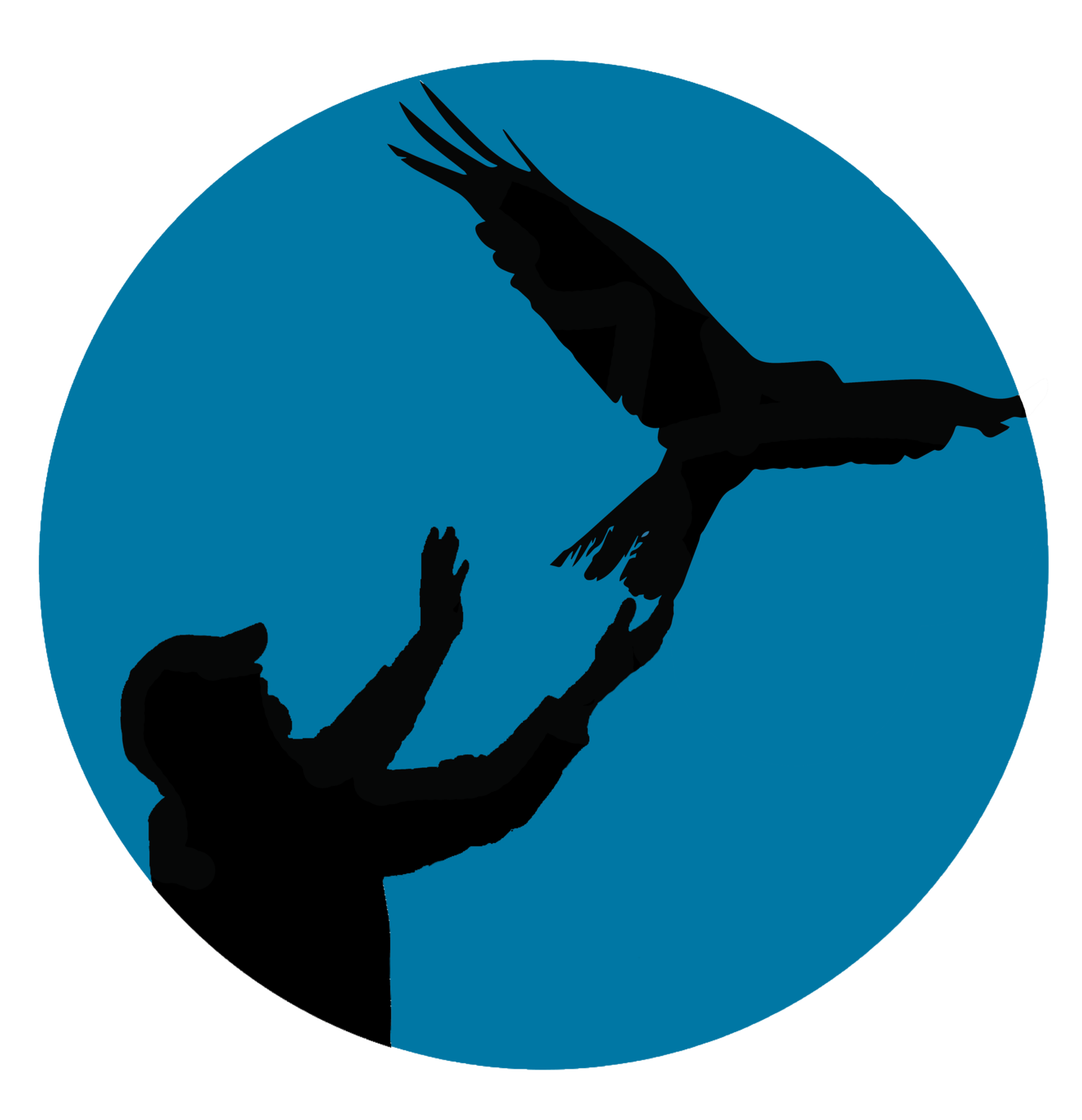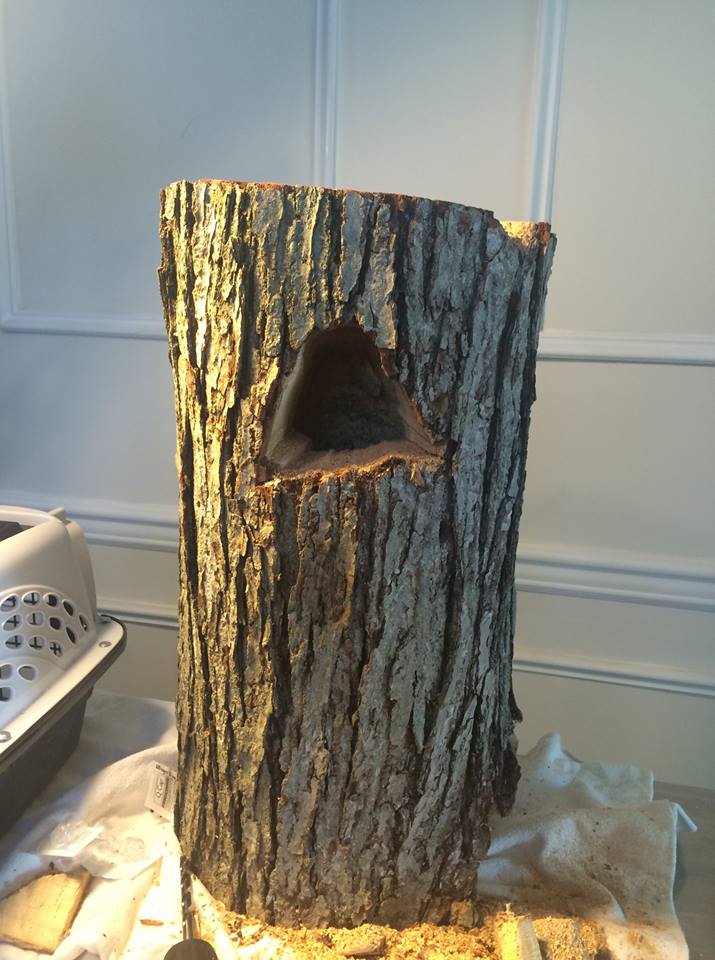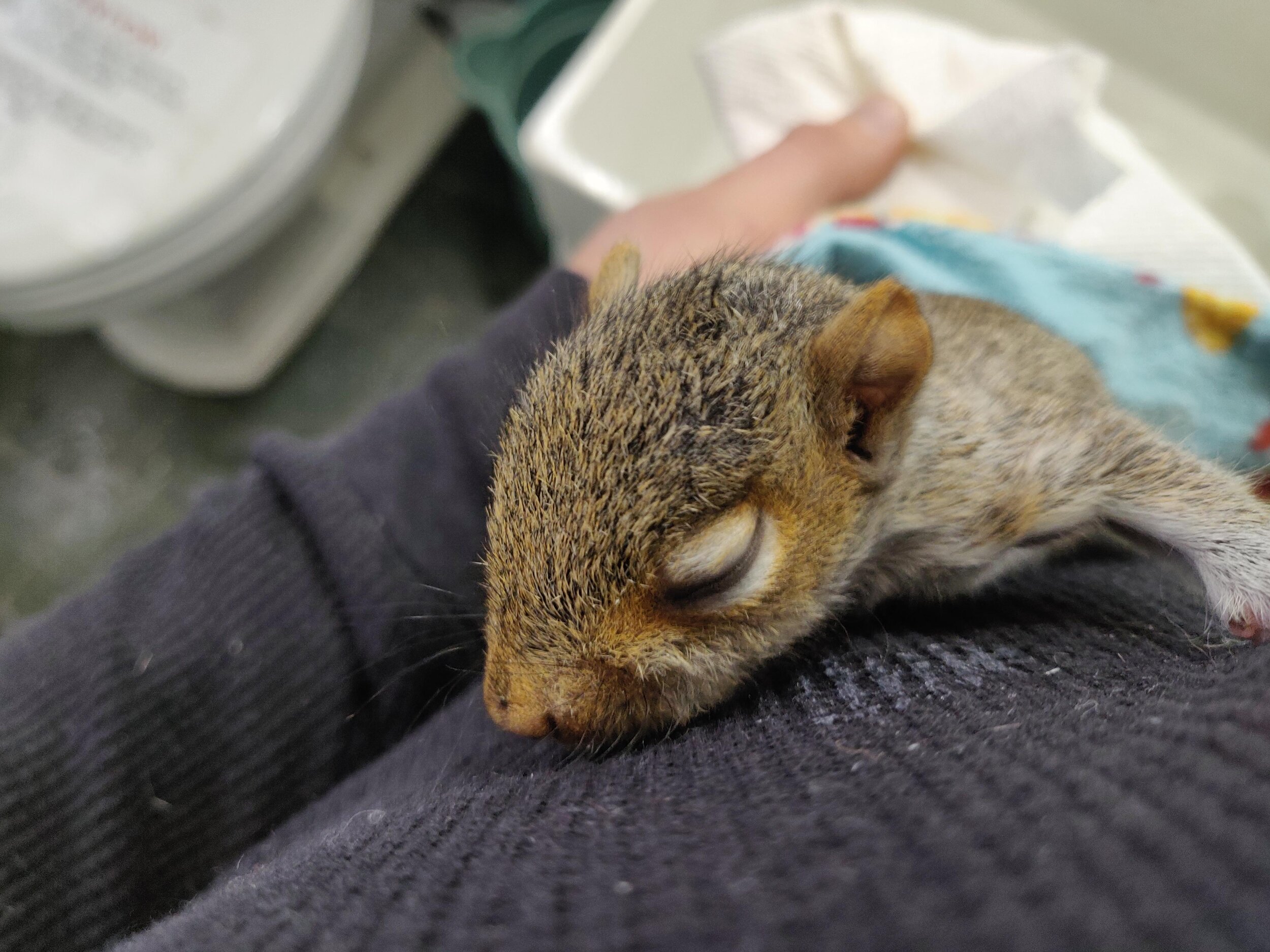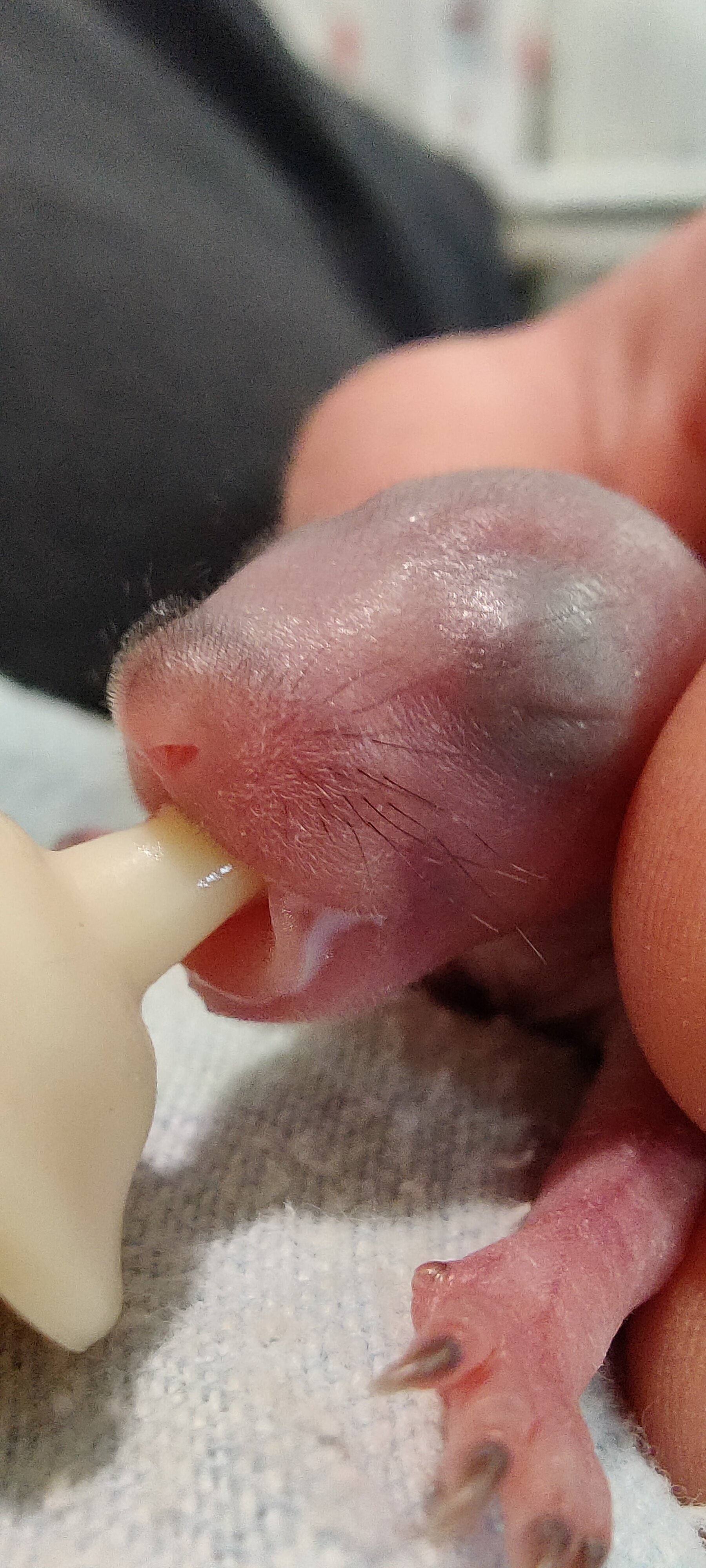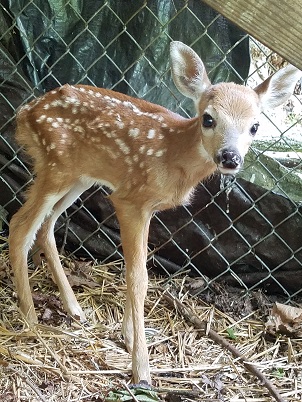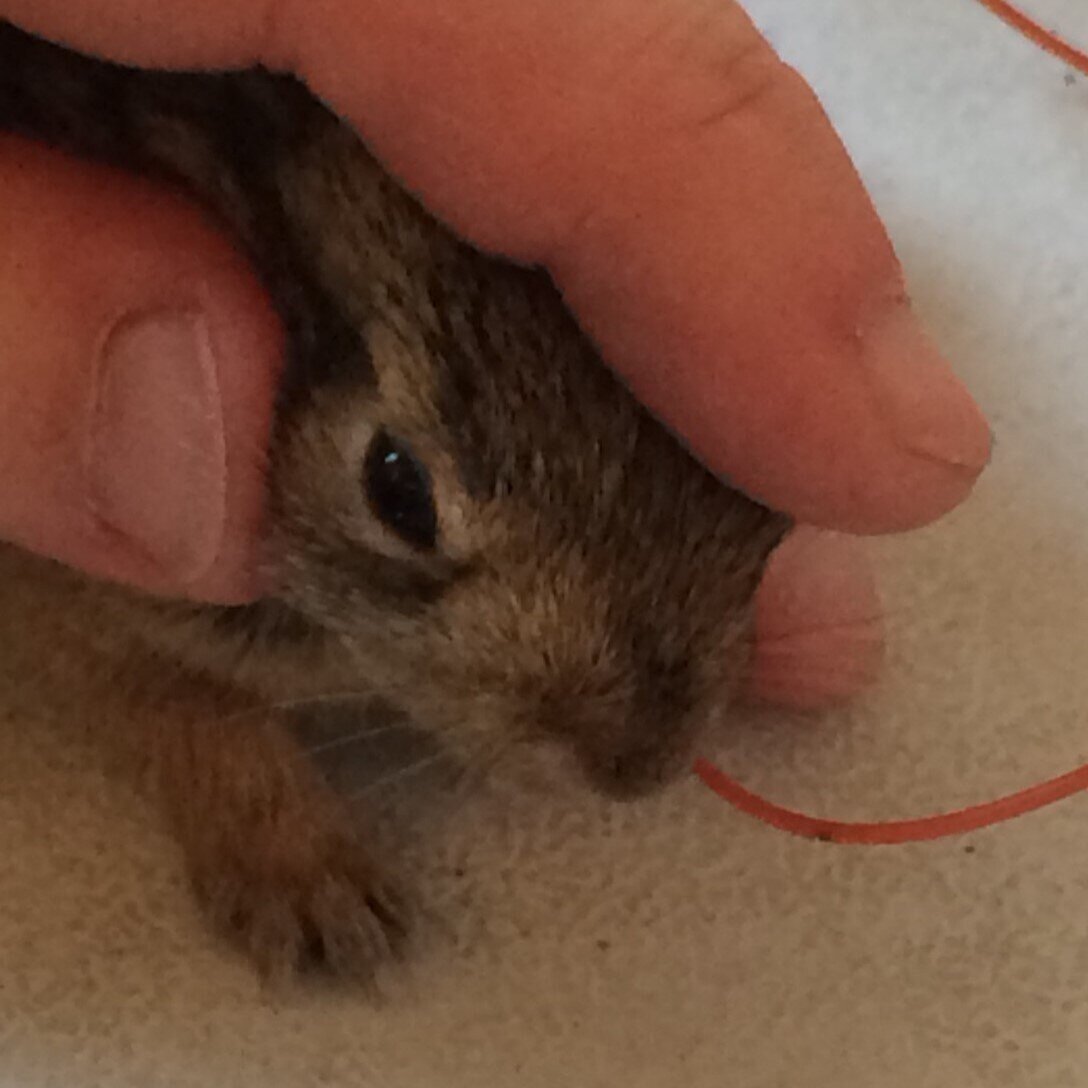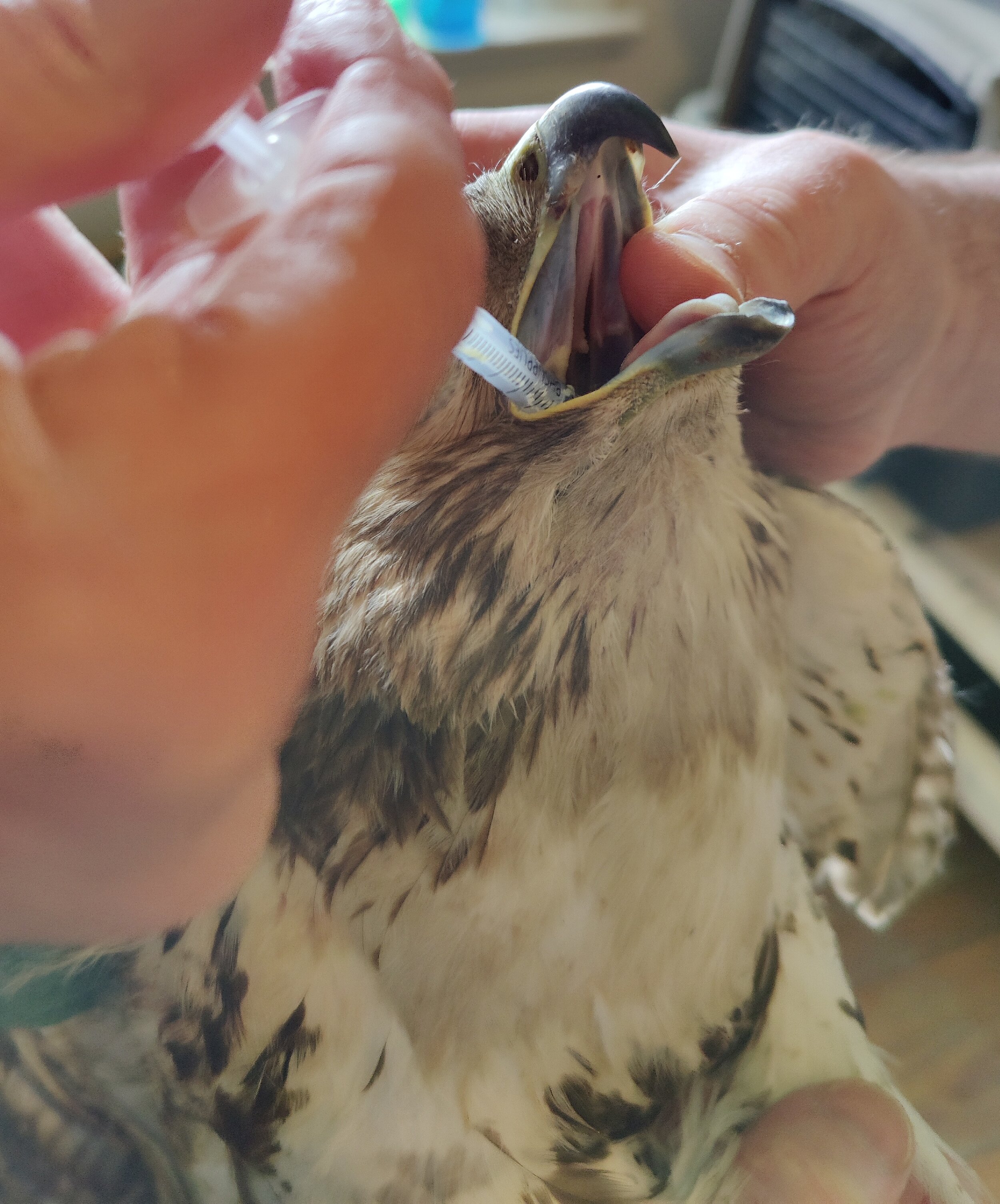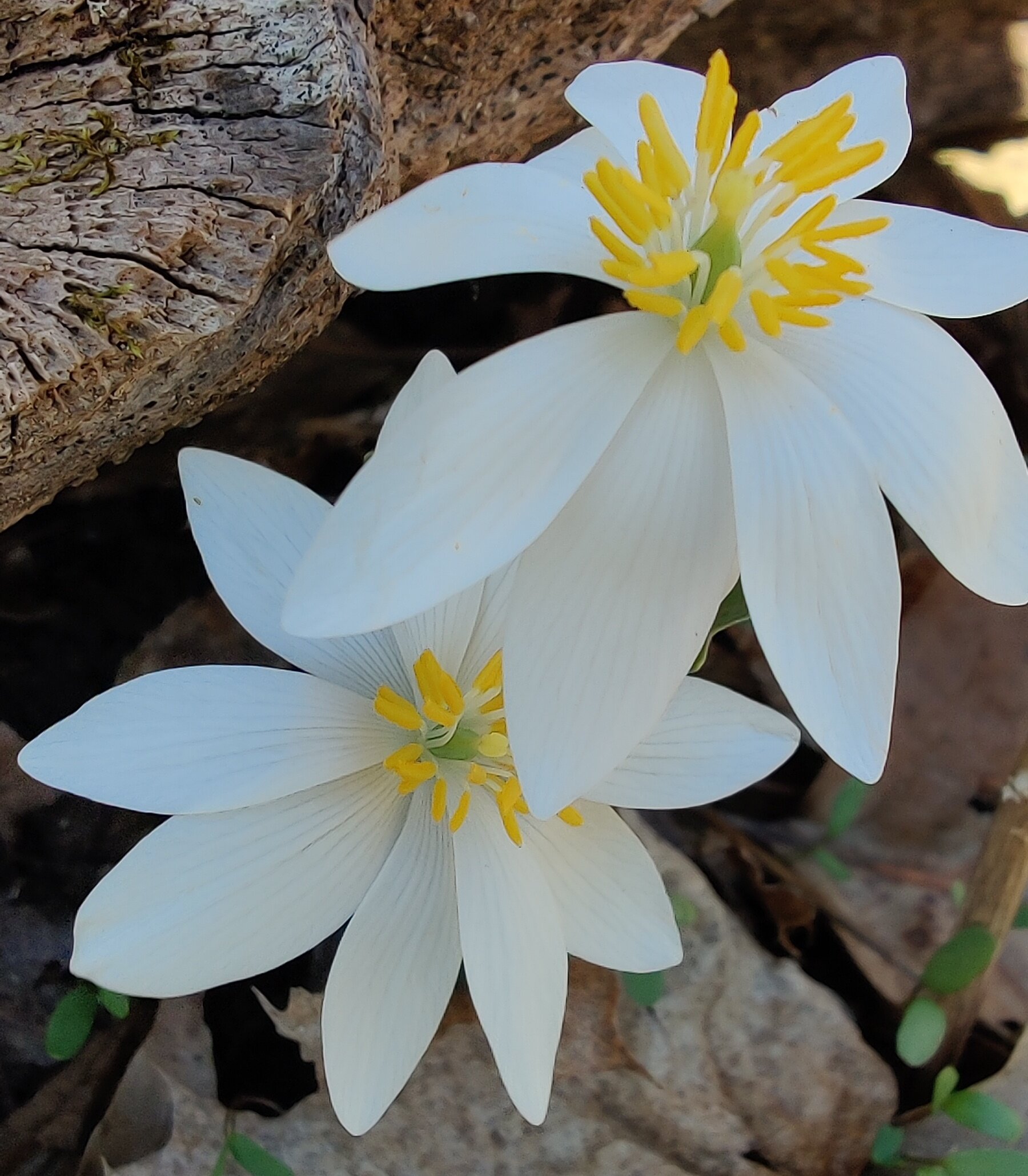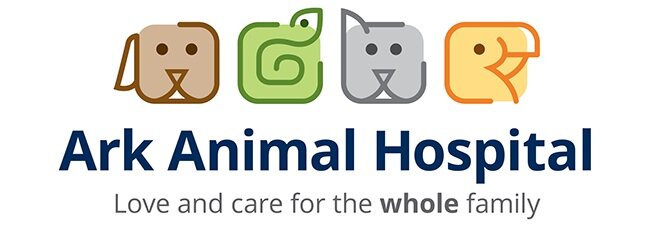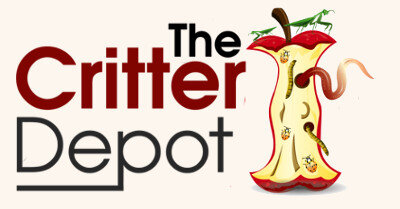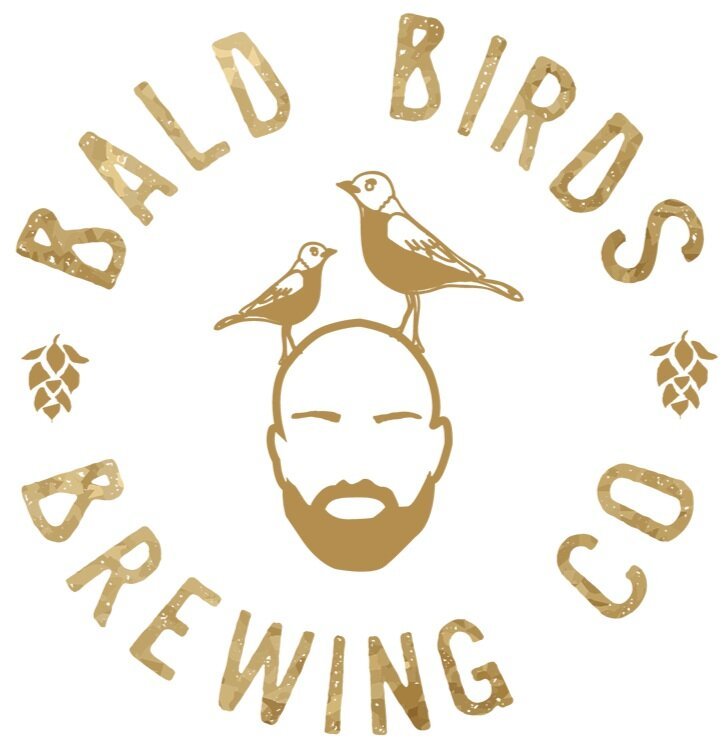Yes, they have arrived.
Unless an injury is clearly visible, if you find a nest of bunnies, leave it alone. Mom WILL be back.
After she gives birth, the mother covers the babies in dried grass and lots of her own grey brown fur. The “nest” looks like a simple, shallow depression on the ground. She quietly returns at dawn and dusk to nurse. She leaves them alone most of the time because, like mother deer, the mother rabbit’s size and odor attract predators.
After 3-5 weeks, the baby rabbits leave the nest and start to explore. When they are about the size of an adult fist, or 2/3 the length of a dollar bill, they are old enough to be independent of their mother.
DO NOT FEED BABY BUNNIES. They require a highly specialized diet, giving them anything else will harm them. Feeding bunnies is complex; food can easily enter their lungs, killing them.
